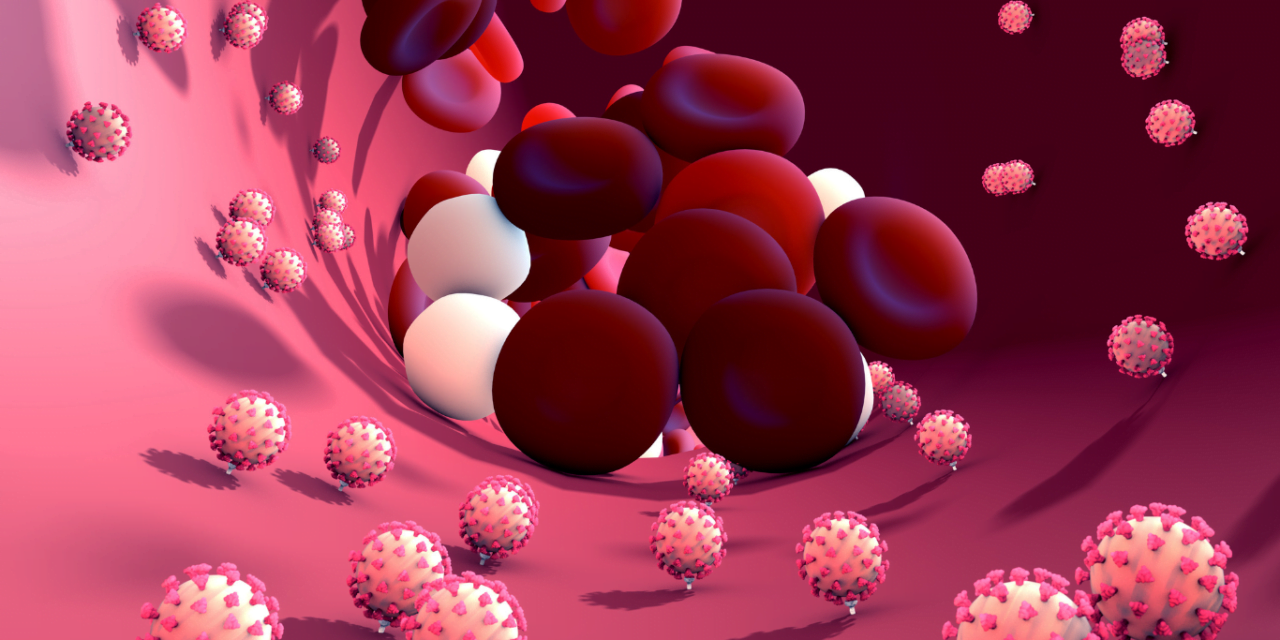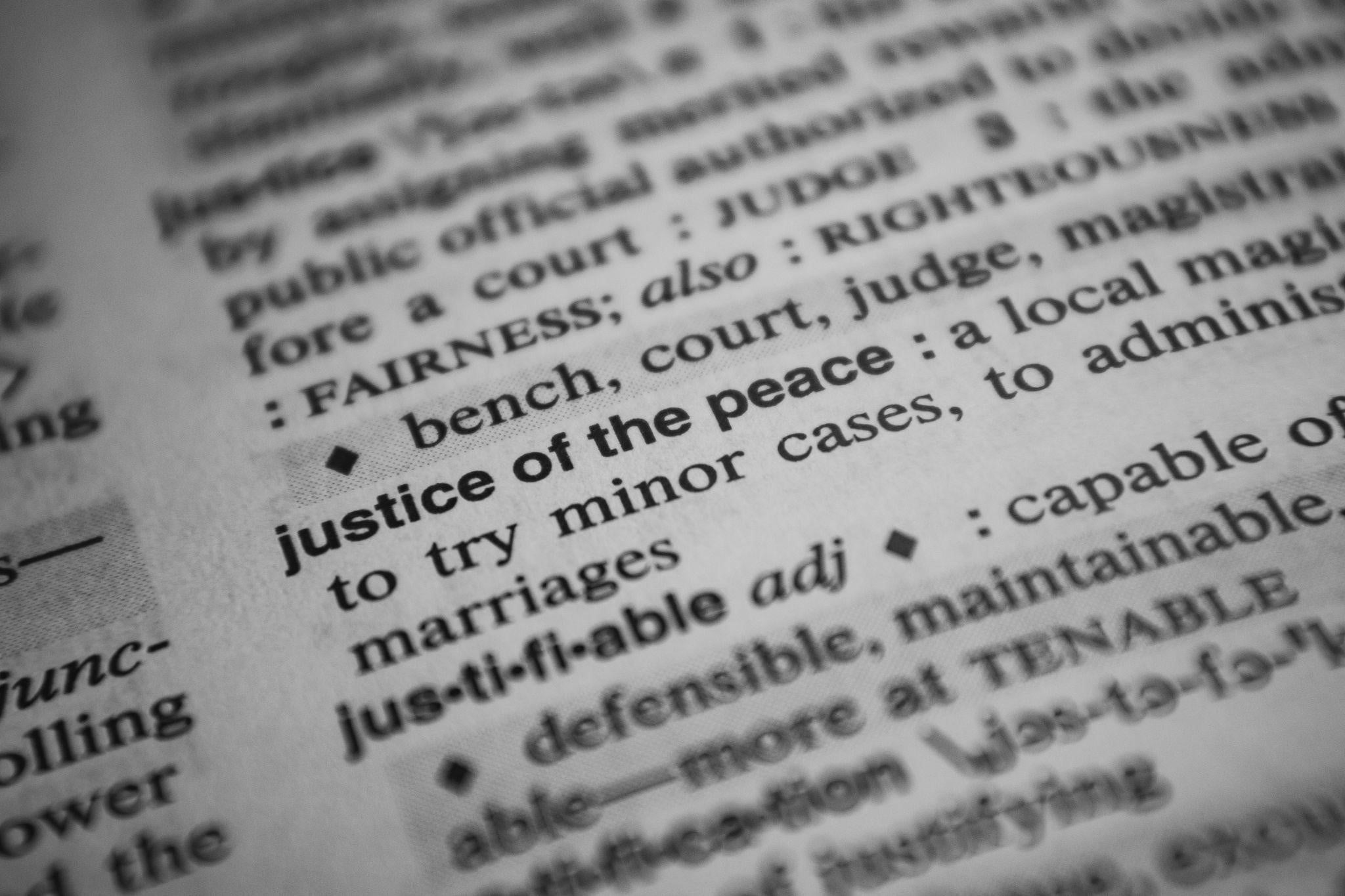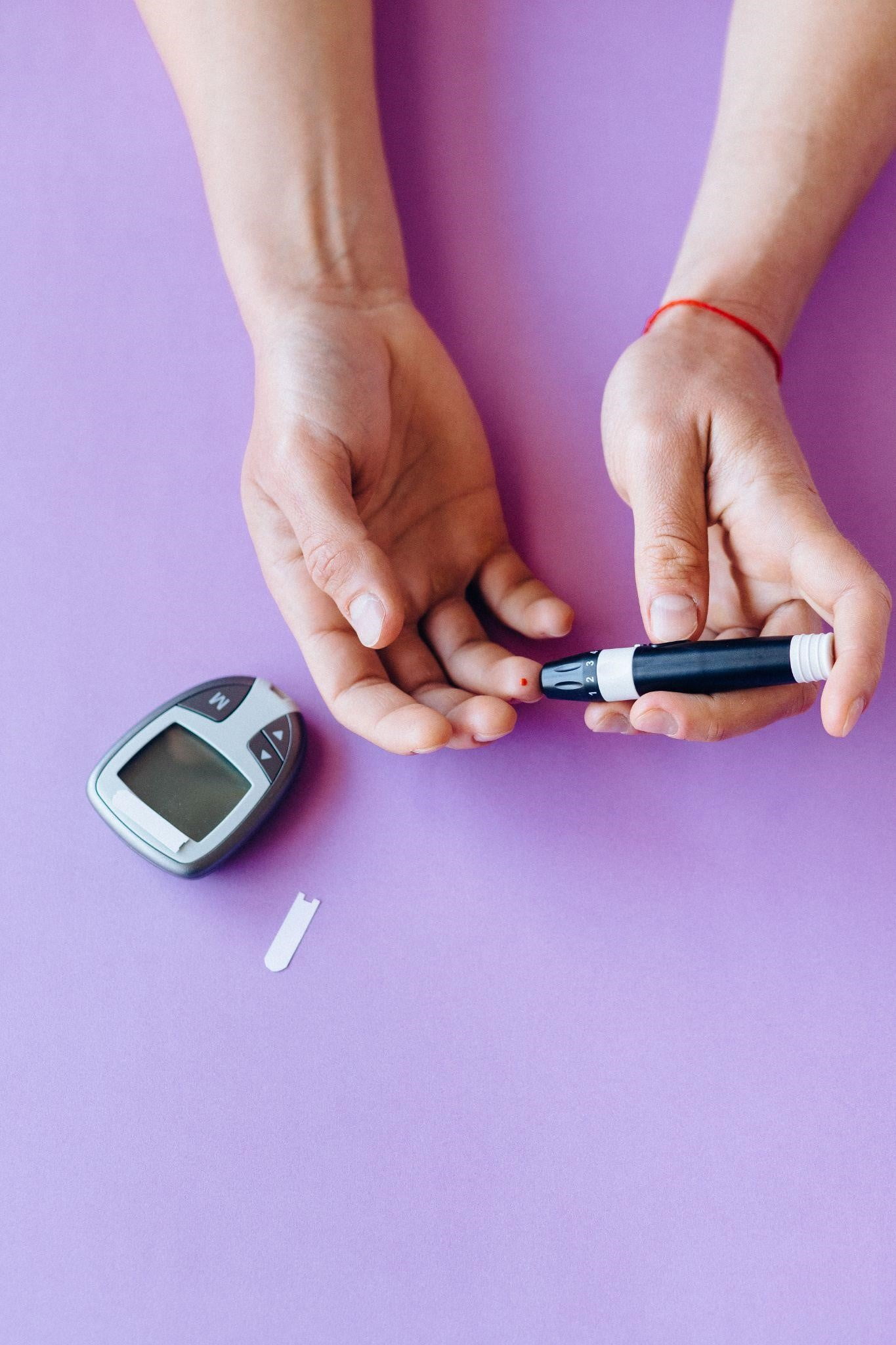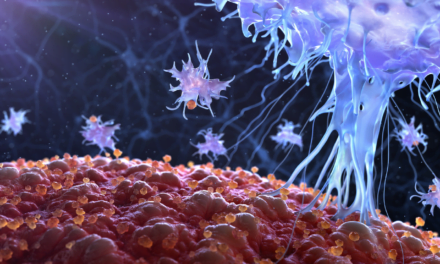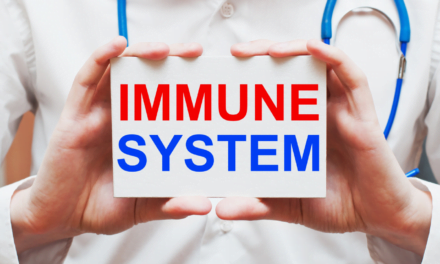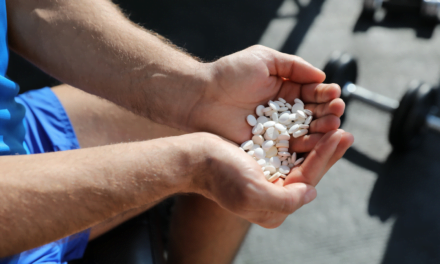Anabolic Steroids and Blood Clots:
Understanding the Risks
Anabolic steroids are synthetic substances that mimic the effects of the male hormone testosterone. They are often used in sports and bodybuilding to enhance muscle mass and improve performance and in medicine to treat conditions such as delayed puberty and muscle wasting. However, anabolic steroids are associated with various potential risks, including liver damage, heart disease, and stroke. One less well-known risk is the increased risk of blood clots. This article will explore the relationship between anabolic steroids and blood clots and discuss ways to reduce the risk.
Blood Clots: Definition and Types
Before we delve into the risks associated with anabolic steroids, let’s first understand what blood clots are and their function in the body. Blood clots are clumps of blood that form when blood vessels are damaged. They serve an essential purpose in stopping bleeding and promoting healing. However, blood clots can also be dangerous if they begin inappropriately, leading to deep vein thrombosis (DVT), pulmonary embolism (PE), and stroke.
There are two main types of blood clots: white clots and red clots. White lumps are caused by the activation of platelets, tiny blood cells that help to clot. They are usually found in arteries and can lead to heart attack and stroke. Red clots, on the other hand, are caused by the activation of a protein called fibrin. They are usually found in veins and can lead to DVT and PE.
Anabolic Steroids: Definition and Uses
Anabolic steroids are synthetic substances that mimic the effects of testosterone, a hormone responsible for developing male sex characteristics. They are often used in sports and bodybuilding to enhance muscle mass and improve performance and in medicine to treat conditions such as delayed puberty and muscle wasting.
While anabolic steroids can have beneficial effects, they are also associated with various potential risks. These risks include liver damage, heart disease, and stroke. In addition, anabolic steroids can cause other side effects, such as acne, mood swings, and infertility.
The Relationship between Anabolic Steroids and Blood Clots
Understanding the Link between Anabolic Steroids and Blood Clots in the UK
Anabolic steroids have been widely used in the UK for sports and bodybuilding purposes, as well as in medical treatments. However, there is a growing concern regarding the potential risks associated with their use, including the increased risk of blood clots. Recent studies have shed light on this connection, highlighting the need for awareness and preventive measures in the UK.
The Relationship between Anabolic Steroids and Blood Clots: Unveiling the Risk
Research conducted in the UK has revealed a significant association between anabolic steroid use and an increased risk of blood clots, such as deep vein thrombosis (DVT) and pulmonary embolism (PE). These findings remained consistent even after considering other risk factors like age and body mass index. The precise mechanism behind this heightened risk is not yet fully understood, but it is believed that anabolic steroids can affect blood clotting factors and platelets, thereby promoting clot formation. Furthermore, the increased production of red blood cells induced by anabolic steroids can further contribute to the risk of clotting.
Recent studies have shown that anabolic steroids can increase the risk of blood clots. In one study, researchers found that anabolic steroid use was associated with an increased risk of DVT and PE, even after controlling for other risk factors such as age and body mass index. Another study found that anabolic steroid use was associated with an increased risk of venous thromboembolism, including DVT and PE.
The mechanism behind this increased risk has yet to be fully understood. Still, it is believed that anabolic steroids can affect blood clotting factors and platelets, leading to an increased risk of clotting. In addition, anabolic steroids can increase the production of red blood cells, which can also increase the risk of clotting.
Prevention and Treatment of Blood Clots
There are several methods for preventing and treating blood clots, including lifestyle changes and medication. Lifestyle changes include maintaining a healthy weight, exercising regularly, and avoiding prolonged periods of sitting or standing. Drugs such as anticoagulants can also prevent and treat blood clots.
For anabolic steroid users, there are several ways to reduce the risk of blood clots. First, avoiding other risk factors for blood clots is essential, such as smoking and obesity. Second, seeking medical advice for concerns about anabolic steroid use is necessary.
FAQS
Q: What are anabolic steroids, and what are their common uses?
Anabolic steroids are synthetic substances that mimic the effects of the male hormone testosterone. They are often used in sports and bodybuilding to enhance muscle mass and improve performance and in medicine to treat conditions such as delayed puberty and muscle wasting.
Q: What are the potential risks associated with anabolic steroid use?
Anabolic steroids are associated with various potential risks, including liver damage, heart disease, stroke, mood swings, acne, and infertility.
Q: What are blood clots, and what are their types?
Blood clots are clumps of blood that form when blood vessels are damaged. There are two main types of blood clots: white clots and red clots. The activation of platelets causes white clots, while the activation of fibrin causes red clots.
Q: How can anabolic steroids increase the risk of blood clots?
Anabolic steroids can affect blood clotting factors and platelets, leading to an increased risk of clotting. In addition, anabolic steroids can increase the production of red blood cells, which can also increase the risk of clotting.
Q: What evidence supports the link between anabolic steroid use and blood clotting disorders?
Several studies have found that anabolic steroid use is associated with an increased risk of deep vein thrombosis (DVT), pulmonary embolism (PE), and venous thromboembolism.
Q: What are the methods for preventing and treating blood clots?
There are several methods for preventing and treating blood clots, including lifestyle changes and medication. Lifestyle changes include maintaining a healthy weight, exercising regularly, and avoiding prolonged periods of sitting or standing. Drugs such as anticoagulants can also prevent and treat blood clots.
Q: How can anabolic steroid users reduce their risk of blood clots?
Anabolic steroid users can reduce their risk of blood clots by avoiding other risk factors such as smoking and obesity, seeking medical advice if there are any concerns about anabolic steroid use, and being aware of the symptoms of DVT and PE.
Author

Dr. Aditya K. Sharma
I am Dr. Aditya Sharma, a dedicated urologist specializing in kidney transplants and advanced urological surgeries. My career is driven by a passion for delivering exceptional care and pioneering surgical techniques. Outside the operating room, I have a keen interest in studying the effects of anabolic steroids on bodybuilding, seeking to understand the fine line between enhancing performance and maintaining health.

